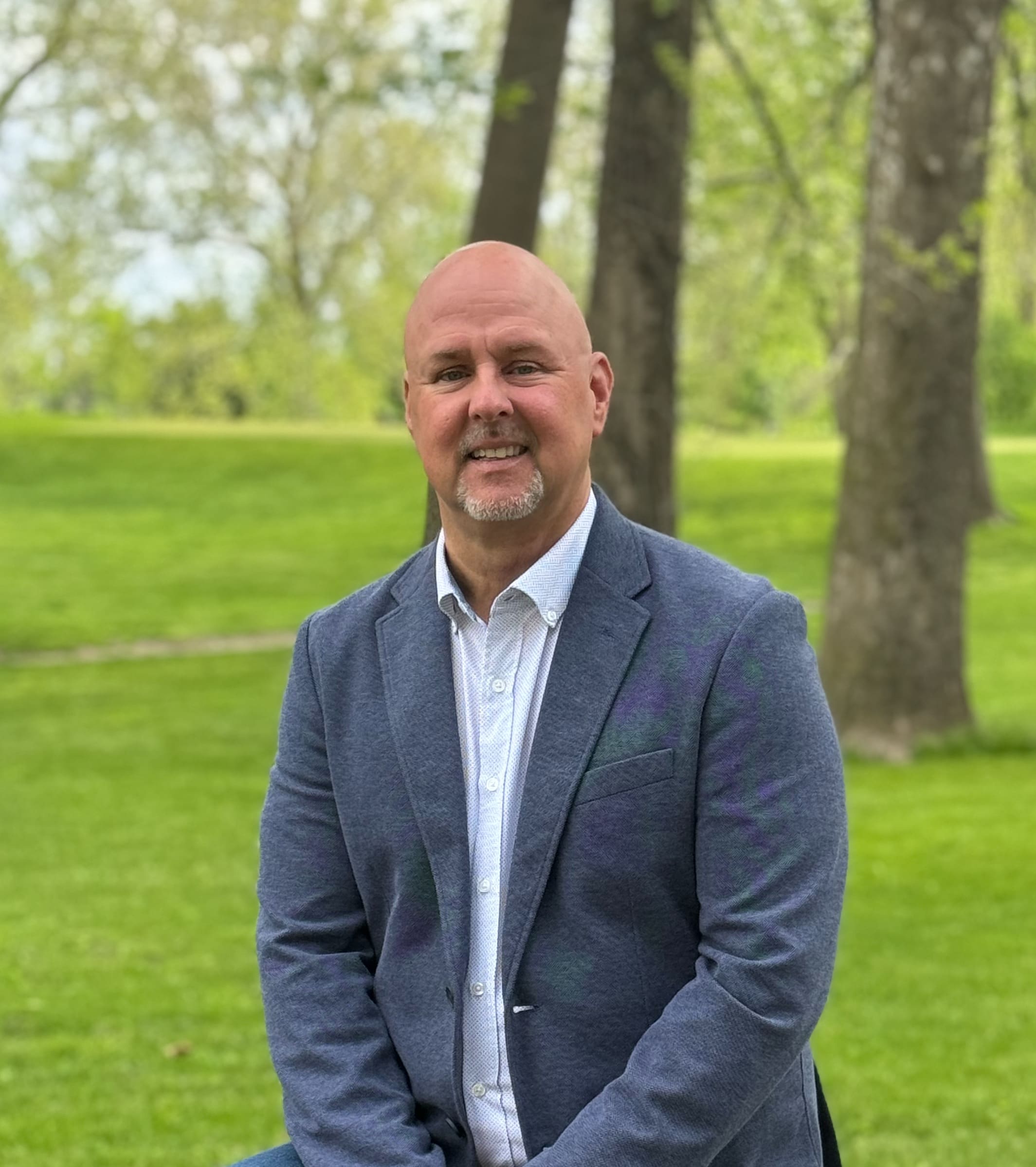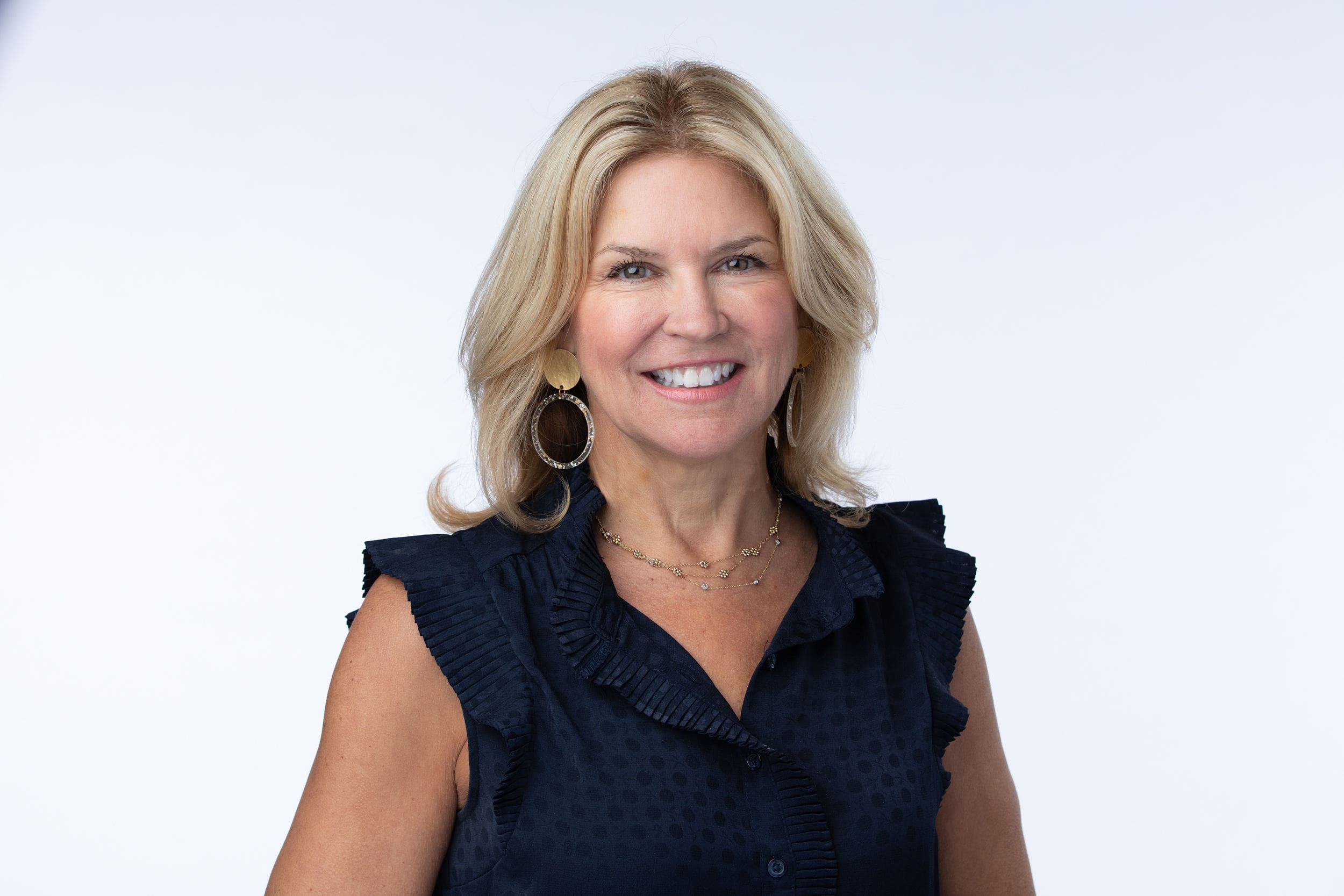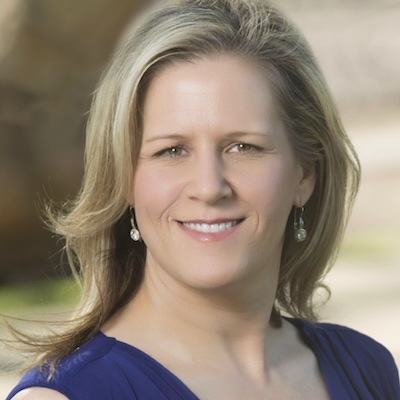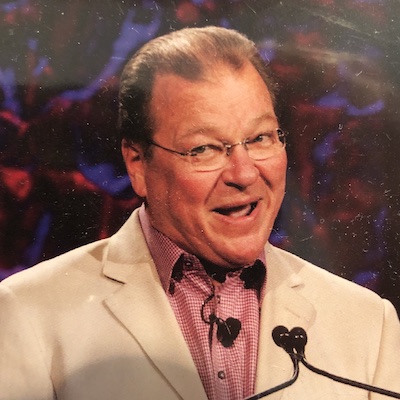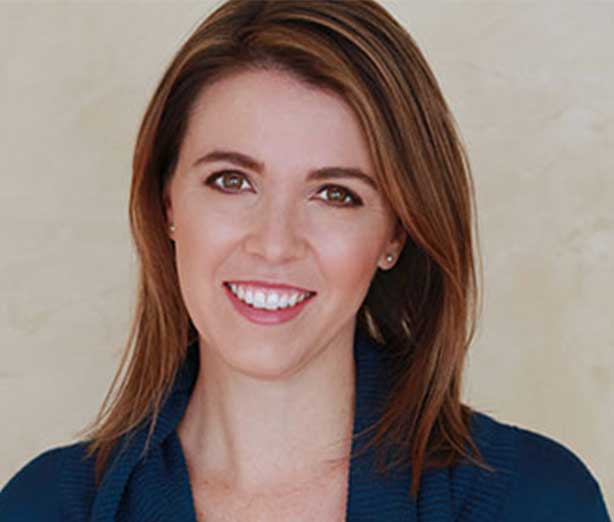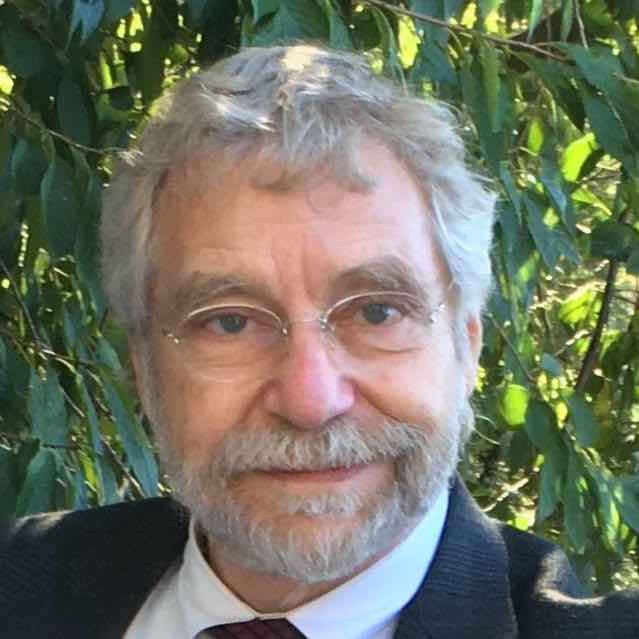Value Our Elders As We Do Mature Trees The SeniorScape®
It’s a warm summer day. I’m sitting on the sofa in my den, preparing my TEDx talk about how we can change society’s attitudes towards older adults.
When I looked out the window, all I could see,
Was the leafy crown and hefty trunk of a mature tree.
The tree with its many outstretched branches was full of hundreds of leaves. I gazed through the window admiring the graceful to and fro’ movement of the leaves in the gentle wind. I thought, how comfortable it would feel resting against its large trunk, finding shade and protection from the hot sun. It struck me that this tree must have been standing there for at least 50 years. We’d be able to know the tree’s age by counting the number of rings in the trunk once it was cut down.
At that moment, I thought the tree could potentially represent the elders in our society.
In our society, when we think of older people, we don’t necessarily think of the benefit they bring. We may appreciate the older people in our families or amongst our friends, but we don’t see the benefits they bring to our communities, or to our society as a whole.
Aging is a process. We are all older than we were a year ago, a month ago, a day ago, a minute ago. Getting older is part of an aging process. Getting older is often thought of as maturing with the progress and passage of time, while aging is often associated with, and defined, as, the process of tissues breaking down in the body.
In looking up the aging process of plants I was struck by the similarity to the aging process of people and use of the same word: senescence. Similar to people, plant senescence is the process of aging; plants have both Stress-induced and age-related developmental aging.
This process is one that leads to tissue and organ decay and that, in the case of annual, biennial and/or plants that flower only once and then die which leads to the death of the plant itself.
I couldn’t help but see the similarity to the human experience. What really struck me was that most people go to great lengths to keep their plants alive. As a person lacking a prized green thumb, I know I continue to attend to my plants even when they appear to be on their way out. I dote over them, talk to them, and appreciate having them in my space.
Our bodies are made up of approximately 13 trillion cells that comprise our tissues and organs. These are held together with various materials made by the supporting structures, or cells.
From the moment we are conceived, each of our cells, our tissues, and organs, begins a process of aging. Though in our early growing years the numbers of our cells are ever expanding, they are also actually ageing, but doing so ever so slightly and therefore, it is a process that is barely noticeable.
When we reach our 30s, the early signs of aging begin to become apparent. Some of the tell-tale signs may be seen in our skin, bones, joints, digestive, cardiovascular systems, nervous systems, etc. Experts suggest that the normal skin aging process begins at about 25 years of age when there is a progressive reduction in the amount of collagen manufactured, causing the skin to lose elasticity. Another example may be that our metabolism starts to gradually decline. (a process that may begin as early as the age of 20) Other more noticeable hormonal changes may begin to occur in the 40s and 50s as well as other more visible outward changes (i.e., hearing, vision)
There is no denying the effects of time on our bodies. Though we can slow the impact of decline in some areas, we cannot prevent them altogether. Moreover, science does not yet fully understand the complex interplay of factors that cause us to age as we do. We know factors that affect aging include: genetics, Diet, Exercise, illness, and a host of others.
There is considerable research being done to reverse aging or to apply remedies for people to live longer free of some of the diseases we normally associate with the aging process. But without respecting or valuing older adults, offering a quality of life, what would be the point of living longer?
As I pondered further, I decided to do a search to find a poem that would exemplify the thought I had about the similarity between mature trees and elders, I found this 2018 poem by
by Gabby Mac60 called The Beauty of a Tree in Family Friends which I believe describes it well. If we can value a mature tree, find comfort and protection under its branches and against its might trunk, why couldn’t we view our elders in the same vein.
The Beauty of a Tree.
Can there be anything more lovely
Than the beauty of a tree?
Her leaves shimmering in the wind,
Dancing so gracefully.
The strength of her mighty roots
That grows deep into the earth.
She’s weathered every stormy gale
For all that she is worth.
Standing tall, resilient
With her branches lifted high,
She refused to bow, to break or bend
But reaches upward to the sky.
The beauty of the strength within
As she held her head up high.
Her strong resilient spirit
Grew wings and learned to fly.
To find out more about how you can play a role in changing our attitudes towards older adults, and to contact Phyllis about availability for speaking engagements,
Email phyllis@phyllisaymanassociates.com
Originally Published on https://www.phyllisaymanassociates.com/



